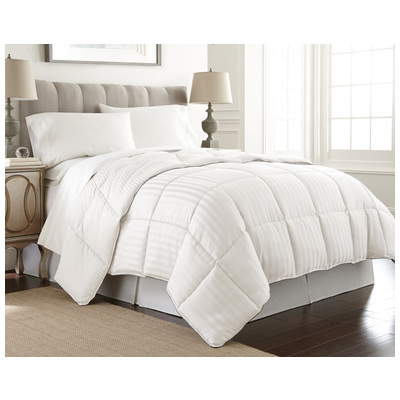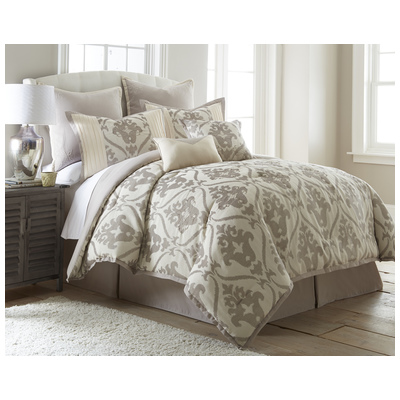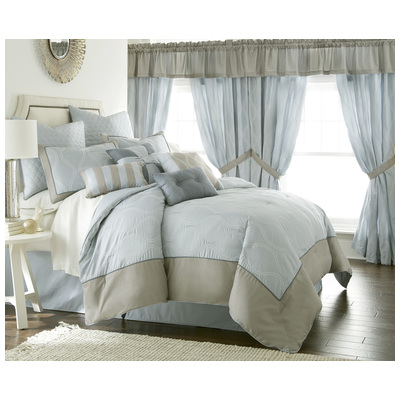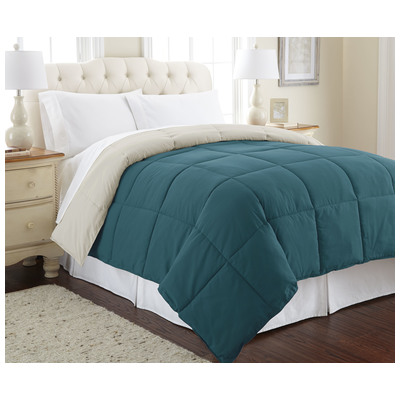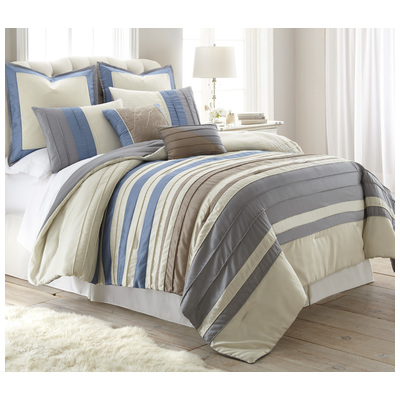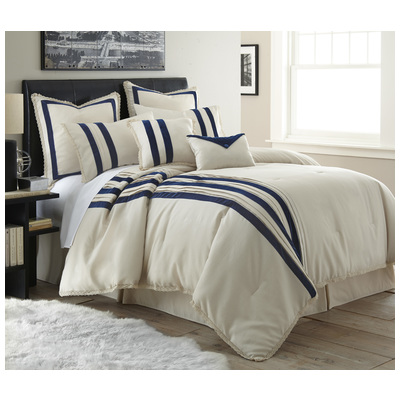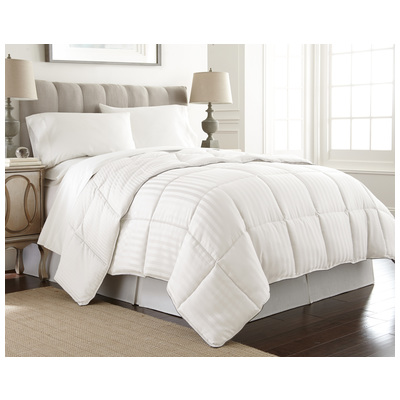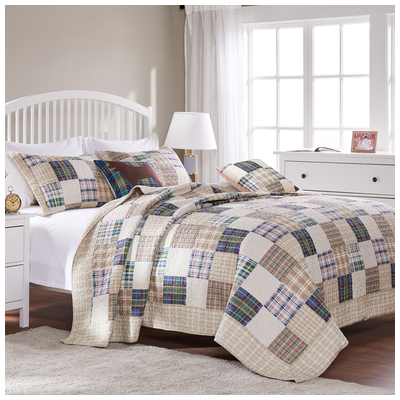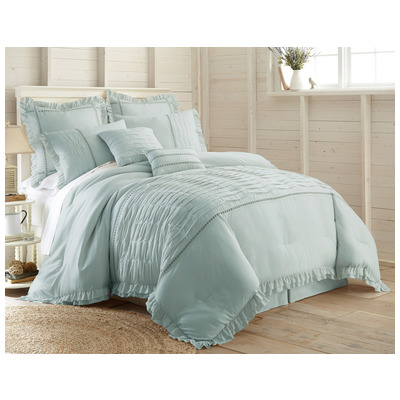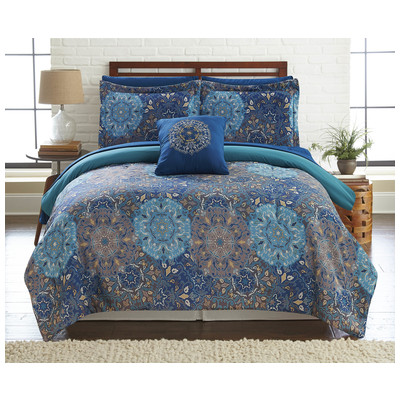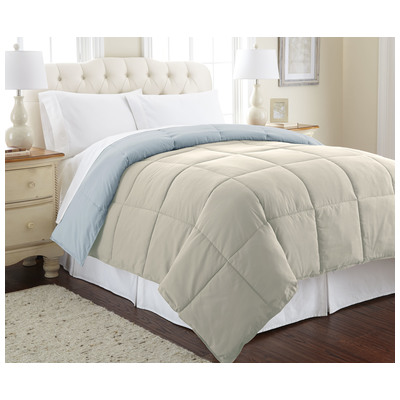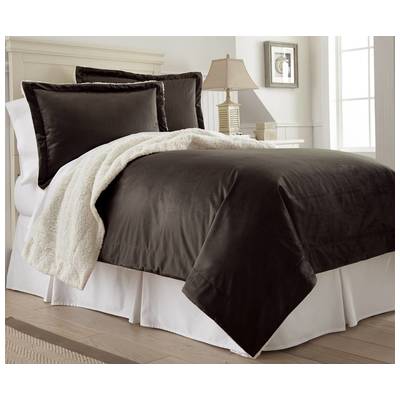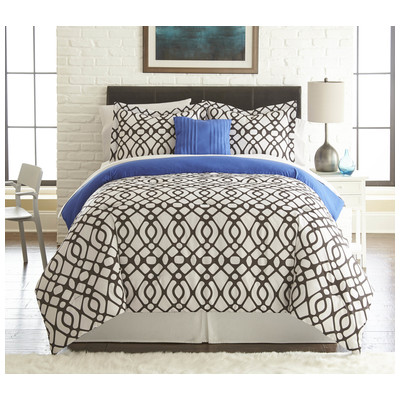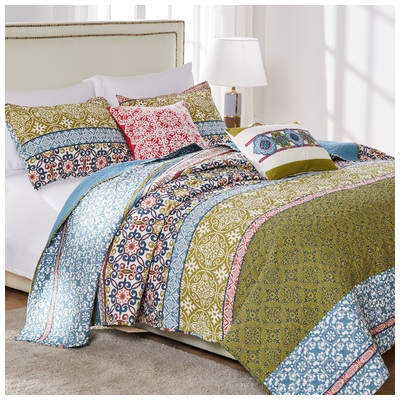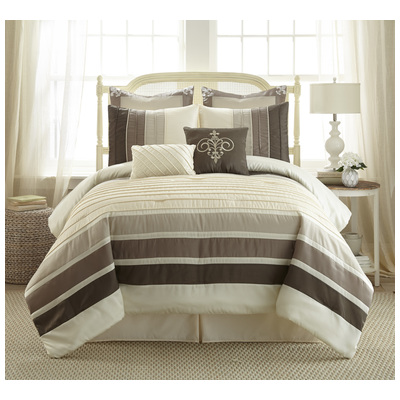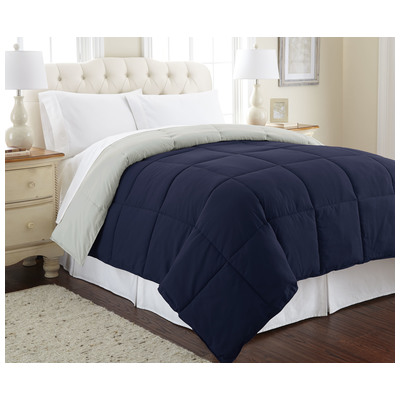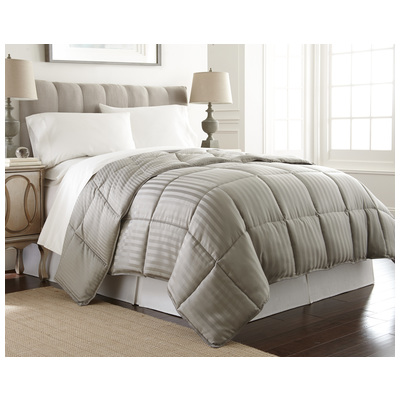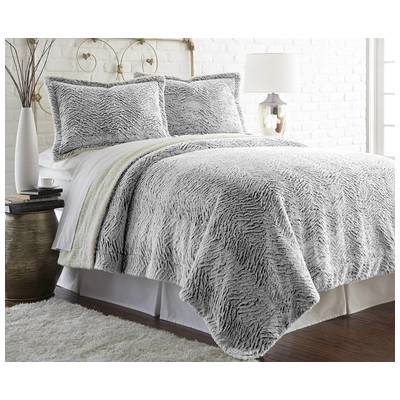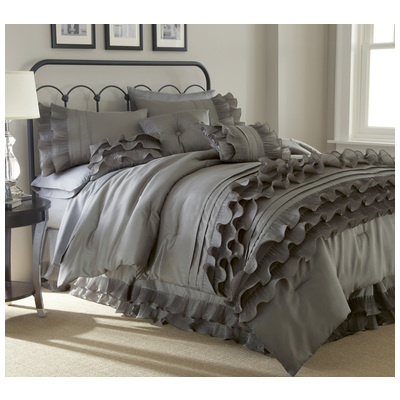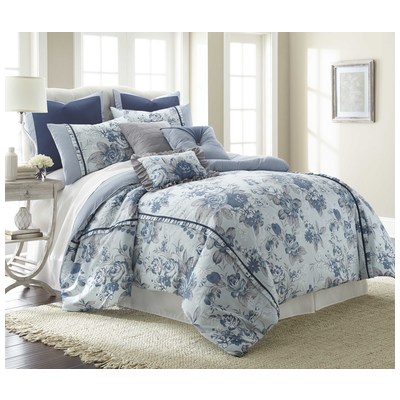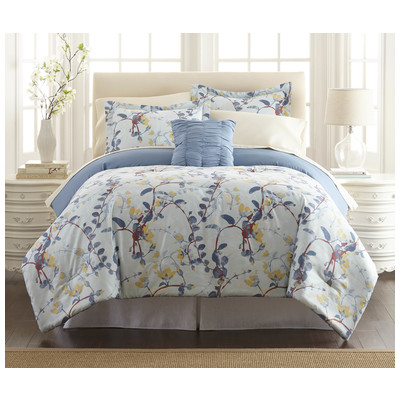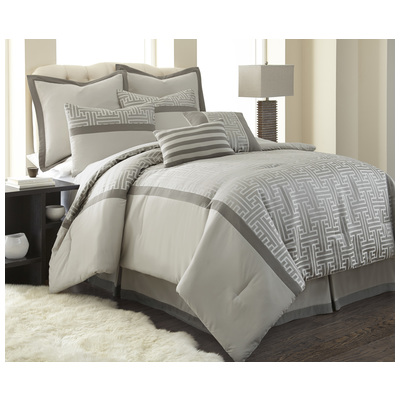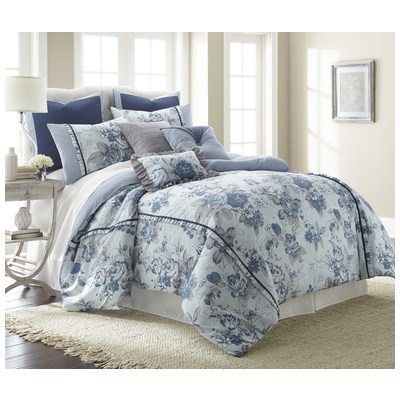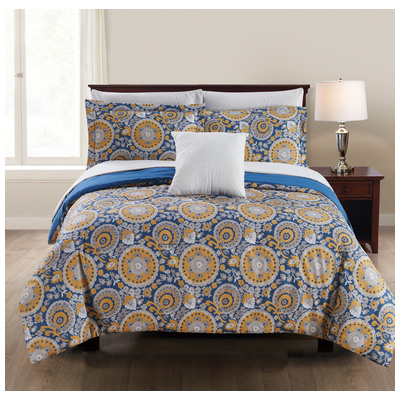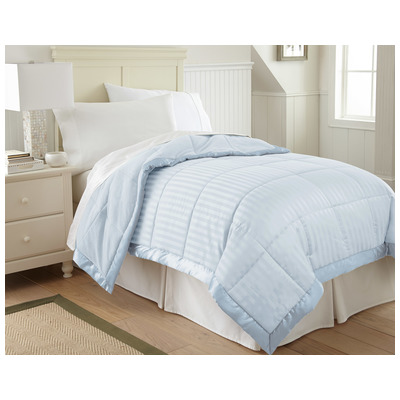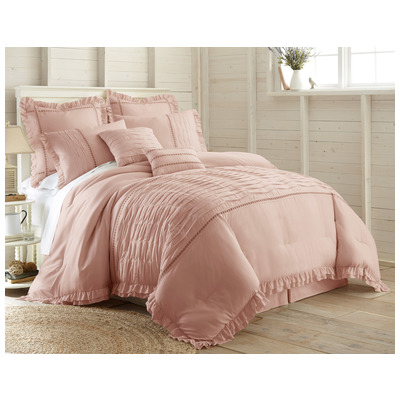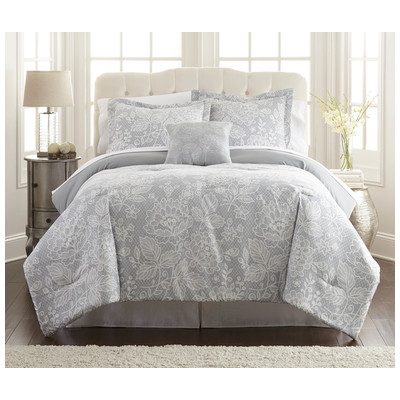In choosing new bedding for your home, you may have a lot of questions involving the numbers, details, and terminology used on comforter and pillow listings. That’s completely normal! Today’s spotlight will be answering common questions you might have while searching for bedding about down filling, thread count, and cleaning care, with examples from the Ogallala line of products along with some of their advice. If you’re not familiar with them, Ogallala is a company from Nevada that has been in business for 30 years, specializing in luxury bedding.They produce a hypoallergenic filling mix of white goose down and milkweed fibers (known as hypodown) for their comforters and pillows to alleviate sensitivity people can have to other materials commonly used in bedding. Here are a few frequently asked questions about down, hypodown, and what you need to know before you get new bedding.

Shop Ogallala Comforters:
What is Fill Weight?
Fill weight is the amount of down in ounces (oz) that are in the product. For bedding, this means that your comforter will be warmer and fluffier the higher the number is. Ogallala’s fill weights can be also indicated by two levels of warmth: lightweight and warm. For pillows, fill weight tells you how fluffy and firm the pillow will be, with higher numbers meaning firmer pillows. Firmness correlates with higher durability, loft, quality, and longevity as well. There are four fill weight degrees for pillows: soft, medium, firm, and extra firm. You want a low number for softer pillows and a high number for firmer ones.

What is Fill Power?
Fill power refers to the amount of space a single ounce of down occupies. Larger down takes up more space, leading to a higher fill power. Larger down also improves the quality of the bedding it’s in with its fluffiness, durability, and warmth. The standard fill power range for bedding in the industry is between 300 and 900, but Ogallala doesn’t offer anything below the 600 fill line. You wouldn’t be able to find the smallest down in their catalog, but the ones you will find are both softer and fluffier.

How Do I Clean Down?
When talking about getting new bedding, we have to address the inevitable and terrible part of cleaning it after use or accidents. The first time you spill breakfast in bed on your comforter you may panic and try to get the stain out with whatever is on hand. Depending on the method you choose to use, you may be doing your down more harm than good. Spot cleaning is recommended to be the best option when handling higher-end fill, as it is the least damaging to both the fabric and the down inside. Why should you care about the washing details? Well-cared for bedding will last longer than bedding that is thrown in your washer all willy-nilly. It’s understandable if you can’t always commit to spot washing and have to use the washer and dryer sometimes in a pinch, but whatever you decide to do on the cleaning routine, absolutely don’t dry clean; it’ll break down the fibers used in the bedding and ruin your soft down filling.

Is Thread Count Important to Bedding?
Since you’re dealing with down and hypodown, thread count is very important. You’re likely already aware that too low a number ends up feeling scratchy, cheap, and won’t last long. What you might not know is that too high a number is also a detriment to down bedding, as the thread weaving is so fine that the down can escape the fabric with use. Ogallala recommends a thread count between 280 to 485 for maximum fabric security and comfort when you have a down filling.

Ogallala has nice, luxurious bedding that is both allergy-friendly and built to last, but they aren’t the only bedding type out there to consider. The answers here should be treated as a jumping off point for further research to find what kind of comforter and pillow is ideal for you. For example, if you have particular sleeping needs for your head and neck, maybe down won’t be the right type of pillow filling for you because you need more support. Or you may find with some experimentation that your problem with your existing pillow is actually the pillowcase and not the pillow itself. Perhaps the climate you live in requires you to forgo your preference and need a lighter fill weight to beat the heat, or a heavier one to keep out the cold. Choosing new bedding can be a chore if you don’t know what to look for, but an adventure once you do!
Shop All Comforters:


